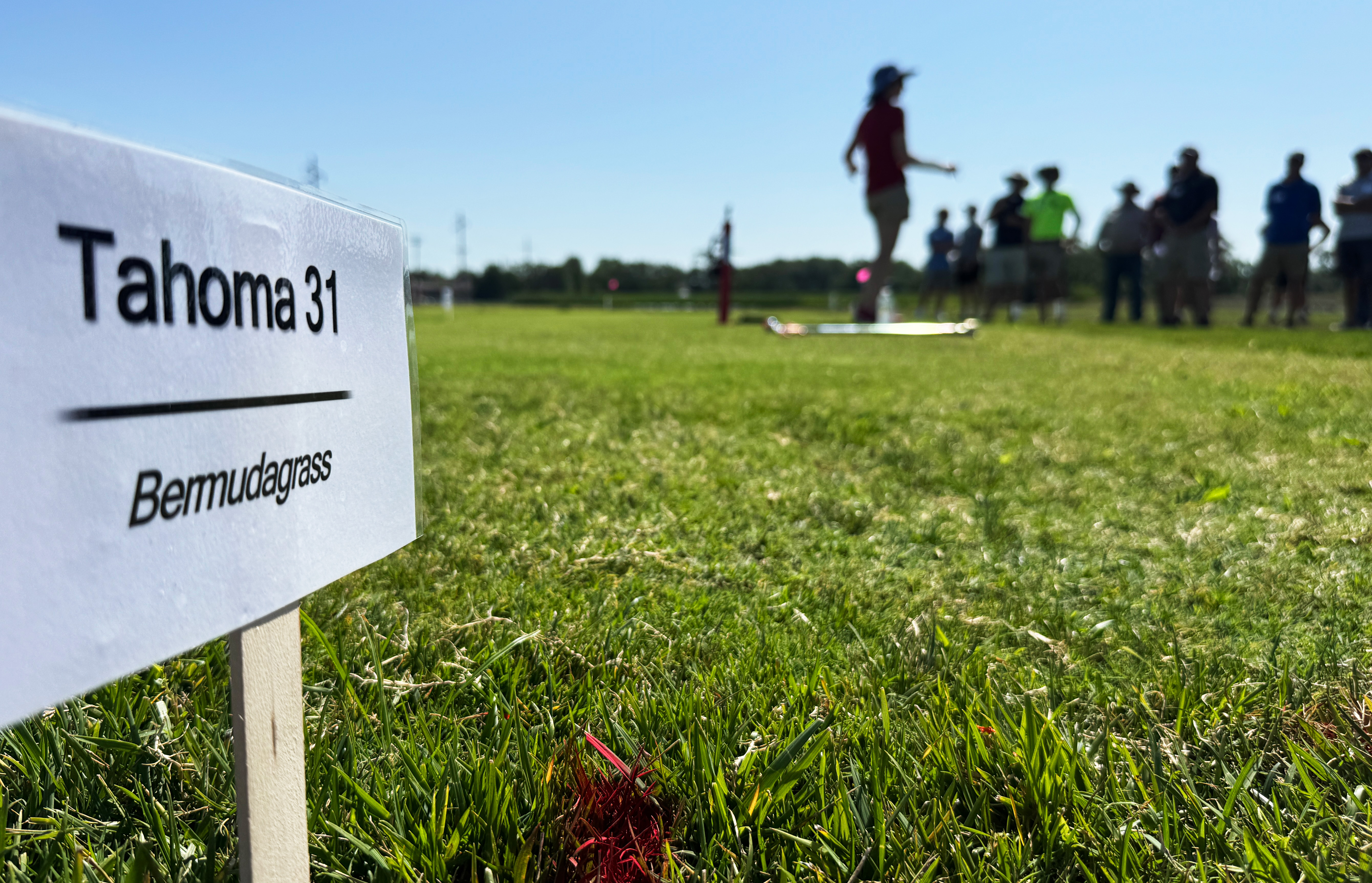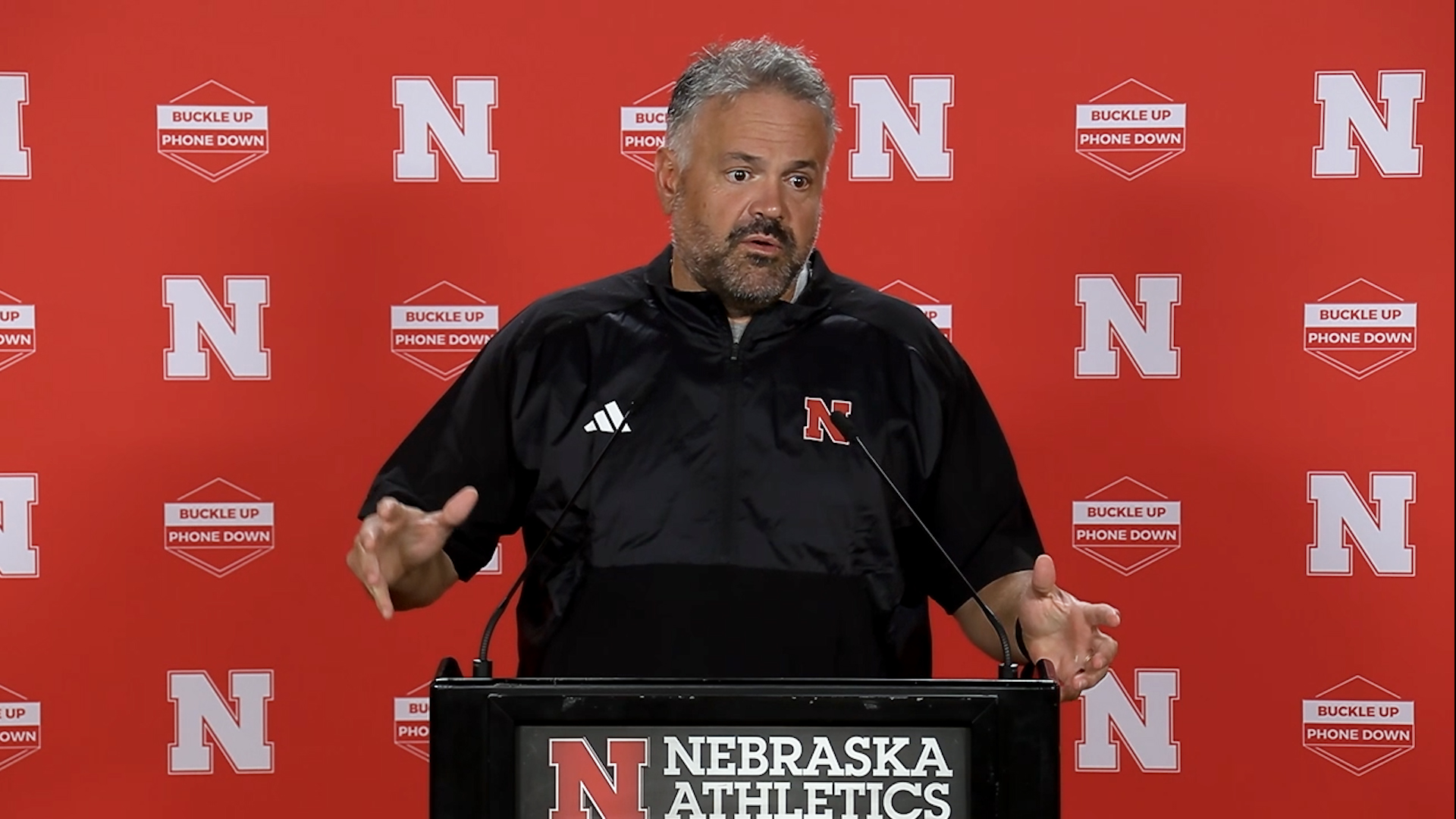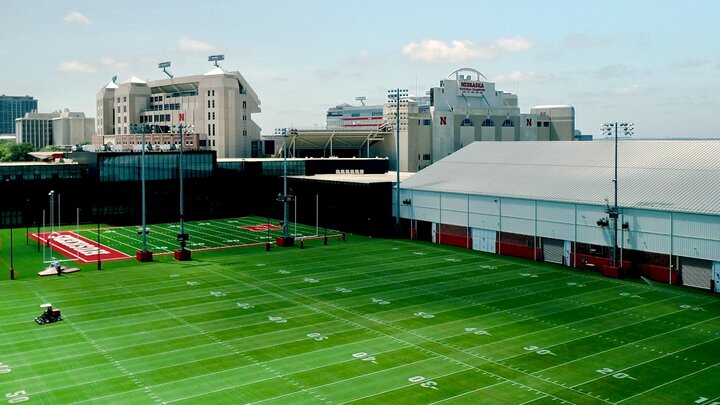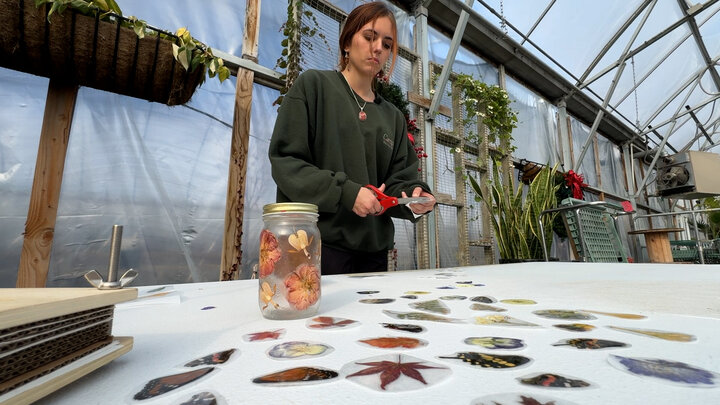The University of Nebraska–Lincoln welcomed approximately 100 turfgrass professionals from across the region for the annual Nebraska Turfgrass Field Day, held at the East Campus Turfgrass Management Research Plot. The event highlighted current research, field demonstrations, and practical education designed for golf course superintendents, sports field managers, lawn care professionals, and others involved in the turf industry.
Morning Tours featured a series of engaging, research-based sessions led by UNL faculty and turf experts. The sessions offered attendees a hands-on look at real-world challenges and innovative solutions in turfgrass science:
- When the Grass Isn’t Greener: Diagnosing Turf Diseases
Kyle Broderick shared common turfgrass diseases affecting regional landscapes and demonstrated how to identify symptoms accurately in the field. - Insect Pests of Turfgrass
Kyle Koch discussed the latest trends in pest activity, management strategies, and monitoring techniques to protect turf from damaging insects. - Buffalograss In Action: From Planting to Performance
Keenan Amundsen highlighted the strengths of buffalograss as a low-input, drought-tolerant turf and shared insights from ongoing performance trials. - Bermudagrass Traffic and Overseeding Effect in Nebraska
Amanda Folck explored the impact of foot traffic and overseeding practices on Bermudagrass performance, with special focus on its adaptability to Nebraska’s climate. - Herbicide Selection for Foxtail and Crabgrass Before and After Emergence
Matt Sousek compared various pre- and post-emergent herbicides, providing practical advice for timing and application to manage these persistent weeds. Who’s Living in My Grass? Turfgrass Wildlife Damage Prevention
Dennis Ferraro gave a lively and informative session on common wildlife intruders in turf areas and how to mitigate damage caused by animals such as voles, skunks, and raccoons.A Winning Collaboration with Nebraska Athletics
The afternoon session of the 2025 Nebraska Turfgrass Field Day was the groundbreaking partnership between UNL Turfgrass Science and Nebraska Athletics—a collaboration aimed at building and maintaining two state-of-the-art bermudagrass practice fields for Husker Football. This initiative represents the intersection of academic research, athletic performance, and land-grant mission—all rooted in real-world impact.
At the heart of this collaboration is Amanda Folck, an assistant Extension educator in turfgrass management, who has led a year-long research project evaluating the performance of hybrid bermudagrass. Folck’s trial was strategically designed to simulate the intense wear and tear experienced on collegiate sports fields, helping Nebraska Athletics make evidence-based decisions on turf management for the future.
“We are seeing a lot more facilities and programs going to Bermudagrass because of the changes in technology and genetics,” Folck explained. “It’s a no-brainer for us to be involved in this partnership as we are a land-grant university with extension and have a turfgrass program that is growing every year. It’s a great opportunity for us.”

To mimic football play, Folck’s team used a traffic simulator equipped with foot-like spikes similar to those used by Husker football players. The apparatus applied traffic to the bermudagrass turf plot located on East Campus, with each pass equating to one full day of football activity. As the trial progressed, data was collected every 10 traffic days, measuring surface firmness, surface grip, and turf health and density. These metrics were recorded on both trafficked and non-trafficked areas, offering a detailed picture of resilience and overseeding success.
This collaborative research will continue through December 2026, ensuring that Nebraska Athletics has the most relevant, season-spanning data to support decisions on turf management, performance optimization, and player safety.
“It’s been a tremendous partnership between East Campus, and the turfgrass science people that are there at the College of Agriculture, and the people that are here,” said Matt Rhule, Head Coach of Nebraska Football. "You should see our grass (practice fields) right now, it looks like Augusta (referring to the Master's tournament golf course in Augusta, GA) out there."

“Research and turf programs are a massive asset to any athletics program within any university with what they can provide for resources and knowledge,” added Alex Harter, Head Sports Field Manager for Nebraska Athletics, who oversees day-to-day management of Husker sports surfaces.

The partnership extends beyond the research plots and practice fields. It represents a broader commitment by the University of Nebraska to integrate research, education, and outreach into every layer of its operations—from the classroom to the gridiron.
“I so appreciate Troy (Dannen) and athletics opening up our amazing athletics platform to inform our teaching, our learning, and our outreach,” said Mike Boehm, Professor of Plant Pathology. “This is the land-grant mission in action.”
By building high-performance athletic fields backed by rigorous science, UNL is not only elevating Husker Athletics—but also creating a national model for how universities can use their research strengths to serve both campus and community.




